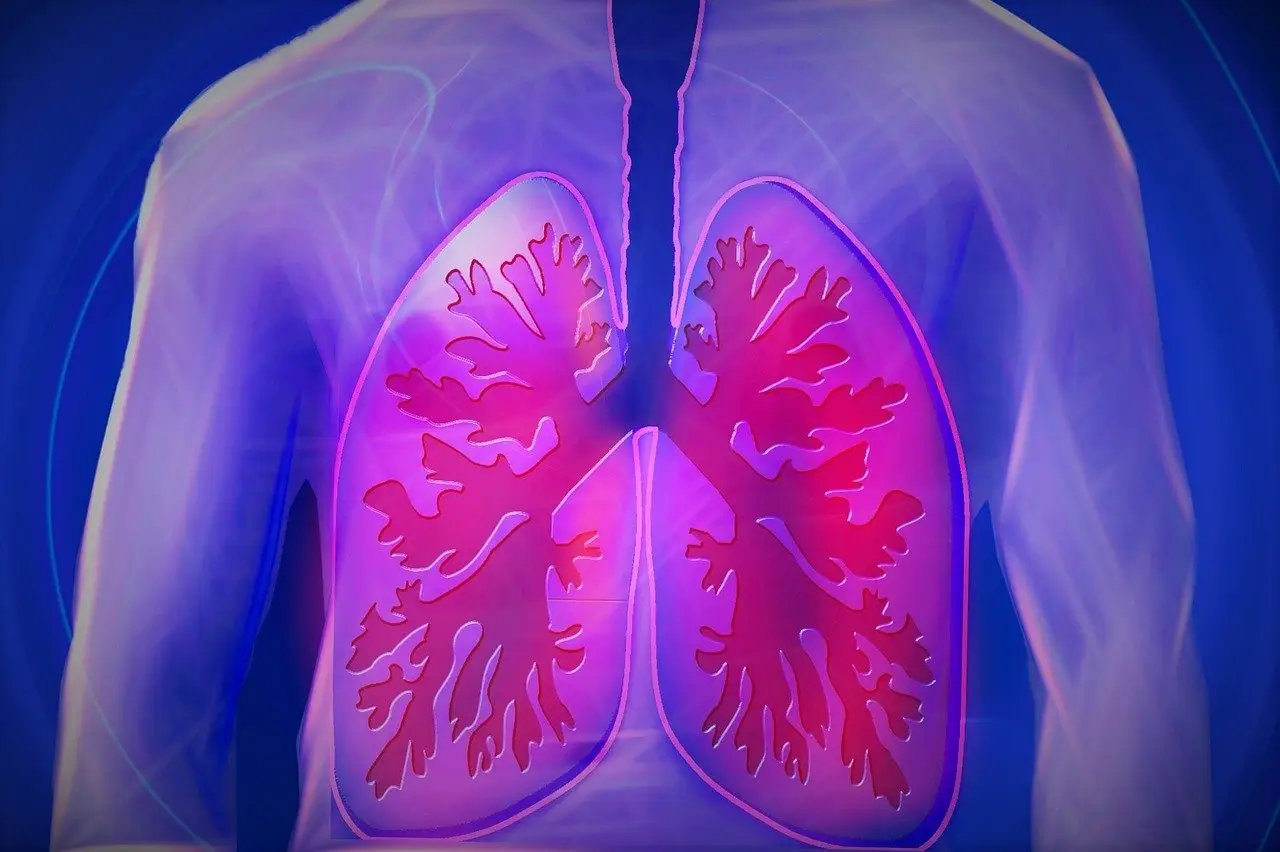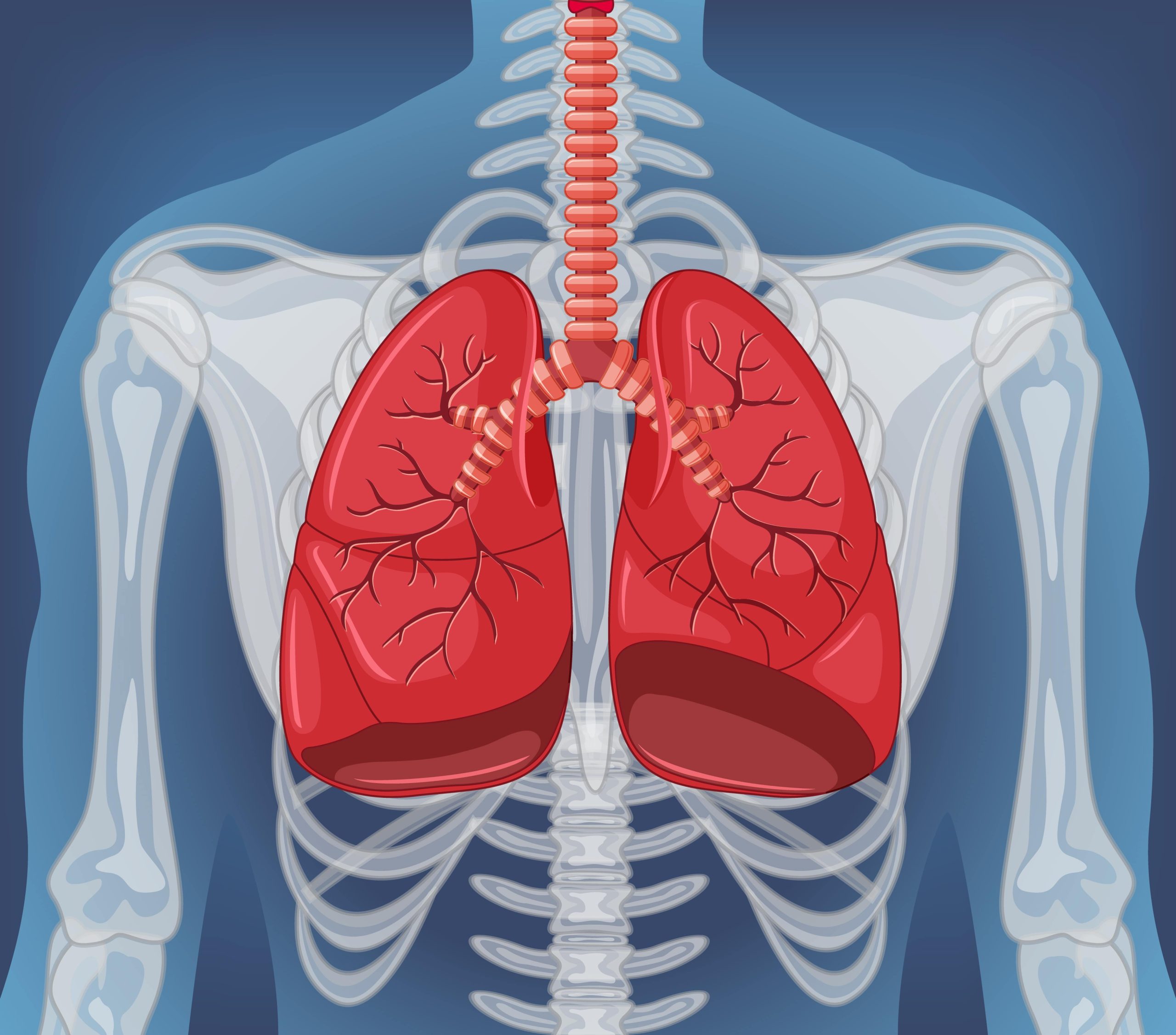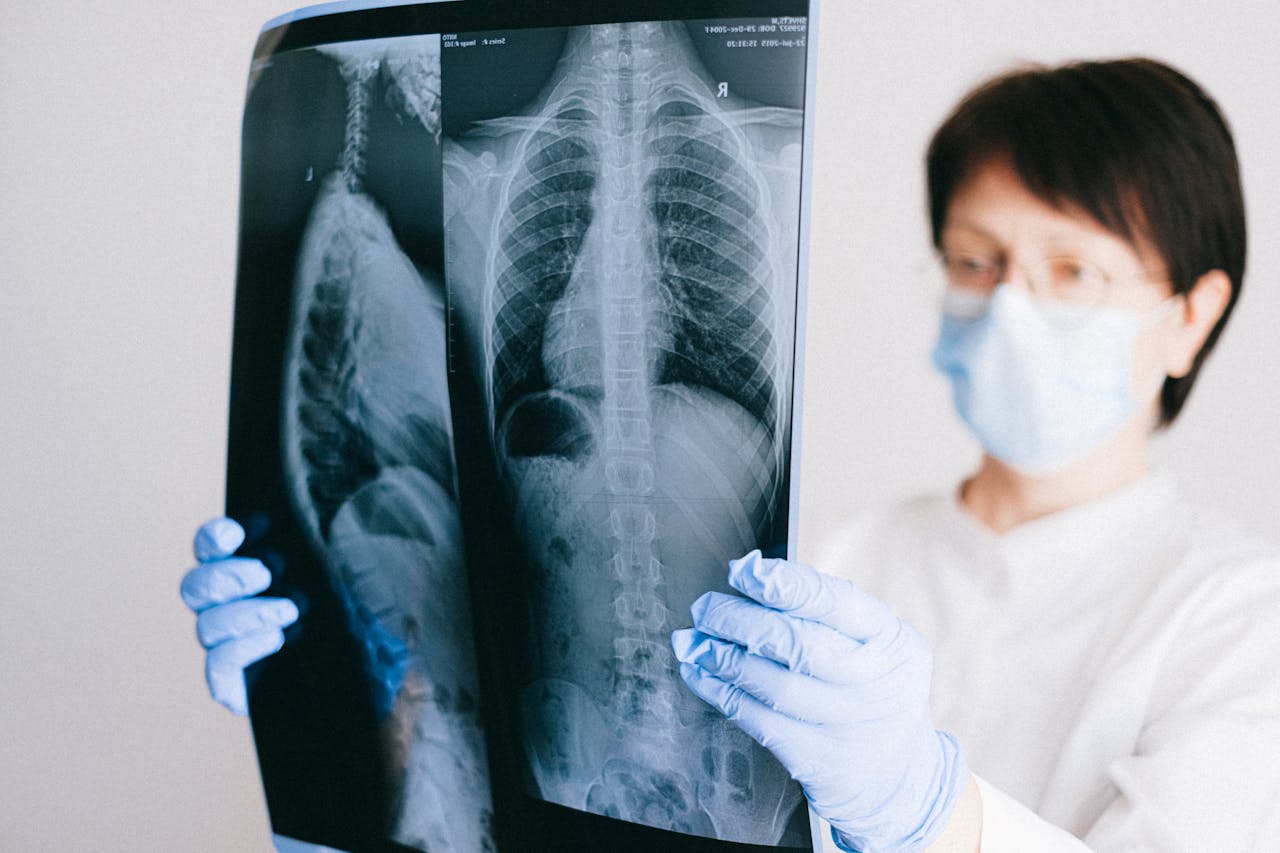The answer to the question of how many mm should a lung nodule be for surgery varies depending on the type, size, margins of the nodule, the patient’s age, and smoking history. Although the size of the nodule is an important criterion for surgery, it is not sufficient on its own in some cases. This means that the decision for surgical treatment is not made based solely on size; patients are evaluated holistically.
Lung nodules are lesions that rarely cause symptoms and are mostly benign. However, there are malignant ones as well. It is crucial to surgically remove malignant nodules before they spread to the lungs. So, how many mm should a lung nodule be for surgery? What criteria are considered when deciding on surgery?
What Is a Lung Nodule?

A lung nodule is a lesion smaller than 3 cm, often with smooth borders. Due to their small size, these lesions rarely cause symptoms and are predominantly benign. While no treatment is required for benign ones, malignant nodules need to be surgically removed. At this point, the question of how many mm should a lung nodule be for surgery comes into play.
In evaluations to determine whether surgery or follow-up is necessary, the classification of the nodule is also taken into account. The classification of lung nodules is as follows:
| Class | Description |
|---|---|
| Solid Nodules | The class with the lowest cancer risk. They contain no fluid or cyst and have a solid structure with an opaque appearance. |
| Ground Glass | Named for its resemblance to frosted glass in imaging. These nodules contain fluid and have a higher likelihood of being malignant compared to solid nodules. |
| Part-Solid Ground Glass | A combination of solid and ground-glass-like nodules. They have a high risk of turning into cancer. |
Lung nodules are detected through imaging techniques like CT scans. High-resolution imaging helps determine whether the nodule’s borders are regular or irregular and identifies its type. Based on these findings, the nodule is evaluated as benign or malignant.
What Causes a Lung Nodule?
The causes of lung nodules vary and may include the following:
- Chemicals and harmful substances inhaled through smoking increase the risk of nodules and lung cancer.
- Infections such as pneumonia and tuberculosis can lead to lung nodules. Diseases caused by inflammation, such as sarcoidosis and rheumatoid arthritis, are also risk factors.
- COVID-19 may cause lung nodules in some cases. However, this does not occur in every instance of COVID-19.
- Air pollution is another major cause. The risk is higher for people living in areas with significant air pollution, such as industrial zones.
- Exposure to chemical substances can lead to the development of nodules over time.
- Congenital anomalies occurring during fetal development may also cause lung nodules.
Although most lung nodules are benign and do not require treatment, the question of how many mm should a lung nodule be for surgery arises for those deemed risky.
How Are Lung Nodules Treated?
Lung nodules are mostly benign and require periodic follow-up. If there is no change in size or borders during the follow-up period, no treatment methods are applied.
Nodules considered risky after CT scans or diagnosed as malignant through biopsy are removed surgically. This surgical procedure prevents the malignant tissue from spreading within the lungs, eliminating the risk of cancer development and metastasis.
There are no treatment methods for nodules other than surgery. Benign nodules are monitored, while malignant or risky nodules are surgically removed.
How Many mm Should a Lung Nodule Be for Surgery?
 When determining how many mm a lung nodule should be for surgery, the nodule’s type, margins, patient’s age, and smoking history are considered. While size is an important indicator, it is not sufficient on its own.
When determining how many mm a lung nodule should be for surgery, the nodule’s type, margins, patient’s age, and smoking history are considered. While size is an important indicator, it is not sufficient on its own.
Studies have shown the likelihood of lung nodules being cancerous based on their size:
- Nodules smaller than 5 mm: Less than 1% likelihood of cancer.
- Nodules between 5 and 10 mm: 6% to 28% likelihood of cancer.
- Nodules larger than 2 cm: 64% to 82% likelihood of cancer.
As seen, the risk increases with the size of the nodule. Therefore, how many mm should a lung nodule be for surgery can be assessed accordingly. For instance, a 6 mm lung nodule is evaluated based on its structure, patient’s age, and smoking history. Surgical decisions are made by a thoracic surgeon and a pulmonologist.
Research also reveals the cancerous potential of different nodule types:
- Solid nodules: 7% to 9% risk of cancer.
- Ground-glass nodules: 59% to 73% risk of cancer.
Thus, how many mm a lung nodule should be for surgery depends on factors like nodule type and other risks.
How Are Lung Nodules Evaluated?
CT-detected lung nodules are classified as follows:
- Benign
- Low cancer risk
- High cancer risk
During evaluation, other considerations include:
- Patient’s age
- Past lung diseases
- Previous cancer history
- Family history of lung cancer
- Smoking history
- Presence of nodules in past scans
- Biopsy results
- PET scan findings
How Is Lung Nodule Surgery Performed?
 Surgery can be performed using open or minimally invasive methods. Minimally invasive surgery is preferred due to faster recovery and lower risks.
Surgery can be performed using open or minimally invasive methods. Minimally invasive surgery is preferred due to faster recovery and lower risks.
A small incision is made, and a camera is used to locate the nodule. The nodule is then removed with a surgical stapler, which also seals the cut areas.
https://www.youtube.com/watch?v=zjB5t937YOY
After the operation, patients stay in the hospital for 1-4 days. This period may be longer depending on the complications that may develop. At the end of the process, patients are discharged and return to their daily routines in approximately 2 weeks, provided that they stay away from heavy work and activities.
In order for the surgical procedure to be successful, the doctor must be selected carefully. The success rate of operations performed by experienced and expert surgeons in this field is higher. Prof. Dr. Semih Halezeroğlu is one of these names. You can contact us to get information about lung nodules and to learn the detailed answer to the question of how many mm a lung nodule requires surgery.
Frequently Asked Questions
Frequently asked questions and their answers about the lung nodule size and whether surgery is required are listed below.
1 – What Does Lung Nodule Mean?
Lung nodules are round lesions that occur due to various reasons and usually have regular borders. Since these lesions are smaller than 3 cm in size, they usually do not show any symptoms. In addition, a significant portion of lung nodules are benign and only follow-up is sufficient.
2 – Does Lung Nodule Cause Cough?
Cough is one of the symptoms that lung nodules rarely cause. However, there is a low probability of occurrence depending on the location and size of the nodule.
3 – Does Lung Nodule Disappear?
Some lung nodules may disappear over time. However, the situation in question varies depending on the type, size and cause of the nodule. Despite all this, patients with nodule detection should definitely not neglect their doctor’s check-ups.
4 – How Many mm Does Lung Nodule Require Surgery?
The answer to the question of how many mm a lung nodule requires surgery varies depending on the type of nodule, its borders, its size, the patient’s age, past illnesses and smoking history. Size is an important sign indicating the risk status of nodules and the risk increases as the size increases. However, there are also types that are risky despite being small in size.



